The share capital of your company corresponds to the initial wealth of the company it is like in an old-fashioned marriage, the dowry of the bride!
The share capital of your company corresponds to the amount of contributions made by the founders at the time of the creation of the company and determines the percentage of the shares and social rights they have, the more shares you have in the share capital the more your opinion will count in the ‘company. In fact, the partners / shareholders will meet regularly and will vote to make the important decisions in the life of the company. The share capital may be increased or reduced later during the life of the company. Share capital is set in the company’s statutes and appears on the Kbis form, it must also be written on all official documents issued by the company, contracts, invoices…
What will the share capital of my company be used for?
– This is the primary means of financing the company.
The main objective of the share capital is to provide the company with the funds necessary for its operation during the first months or years. It helps to pay for initial investments, ensure the financial health of the company and cope with losses that may arise.
– It is a guarantee for creditors.
Share capital is also the insurance for third parties of your financial strength. Your bank, your creditors, your suppliers will be more or less reassured in their estimation of the reliability of your business according to the value of the capital of your company.
– It’s the one who gives power.
Let us not forget, the share capital and the founders contributions, conditions the distribution of powers between them within the company and also the distribution of profits.
Share capital can take many forms, from money or tangible or intangible assets brought to the company by its founders when it’s created.
– Contribution in cash: the founders directly contribute sums of money to the share capital of the company.
– Contribution in kind: the founders contribute tangible or intangible assets to the capital. For example equipment (IT equipment, machine tools, transport equipment) or dematerialized assets such as software, a brand, a patent. In this case, the contribution can also take the form of property, for example shares in another company or building, but also the enjoyment of this property.
– Contribution to industry: the founders bring professional know-how or skills to the company (this type of contribution is not possible for “sociétés anonymes”).
Before proceeding with the registration of your company, the partners must deposit in the bank in a special capital account, the funds intended for the share capital of the company to be created. The bank will provide you with a certificate of deposit essential to register your company. (Some online banks offer this service and allow you to take advantage of simplified procedures)
Memos:
– We will only talk about social capital for companies, this does not concern you if you have chosen a sole business statute.
– The evolution of the law now makes it possible to create a company with a symbolic euro of capital or to release only part of the share capital during creation, in this case, only part of the capital proportional to the capital fixed in the statutes is advanced by the partners or shareholders who agree to bring the balance of their share of capital to the company at a later date.
– It’s an accounting quirk but the share capital appears on the liabilities side of a company’s balance sheet, why? By bringing the capital of a company, the founders (or shareholders) are the first creditors of the company, the company should return this capital to them increased by retained earnings and reduced by losses at the time of its dissolution. However, the partners are last-rank creditors and will not be reimbursed until all of the company’s debts have been fully discharged.
– The share capital and the current accounts of the partners should not be confused, in this second case it is a loan from one of the partners / shareholder to the company repayable at any time.
– Let us distinguish the share capital from equity. Equity represents the difference between the total assets of the company and the total of all that it must pay to third parties, (loans, debts to suppliers, social debts including wages due and tax debts). In practice, equity essentially represents share capital + reserves (retained earnings from previous years) – losses recorded during said years.

